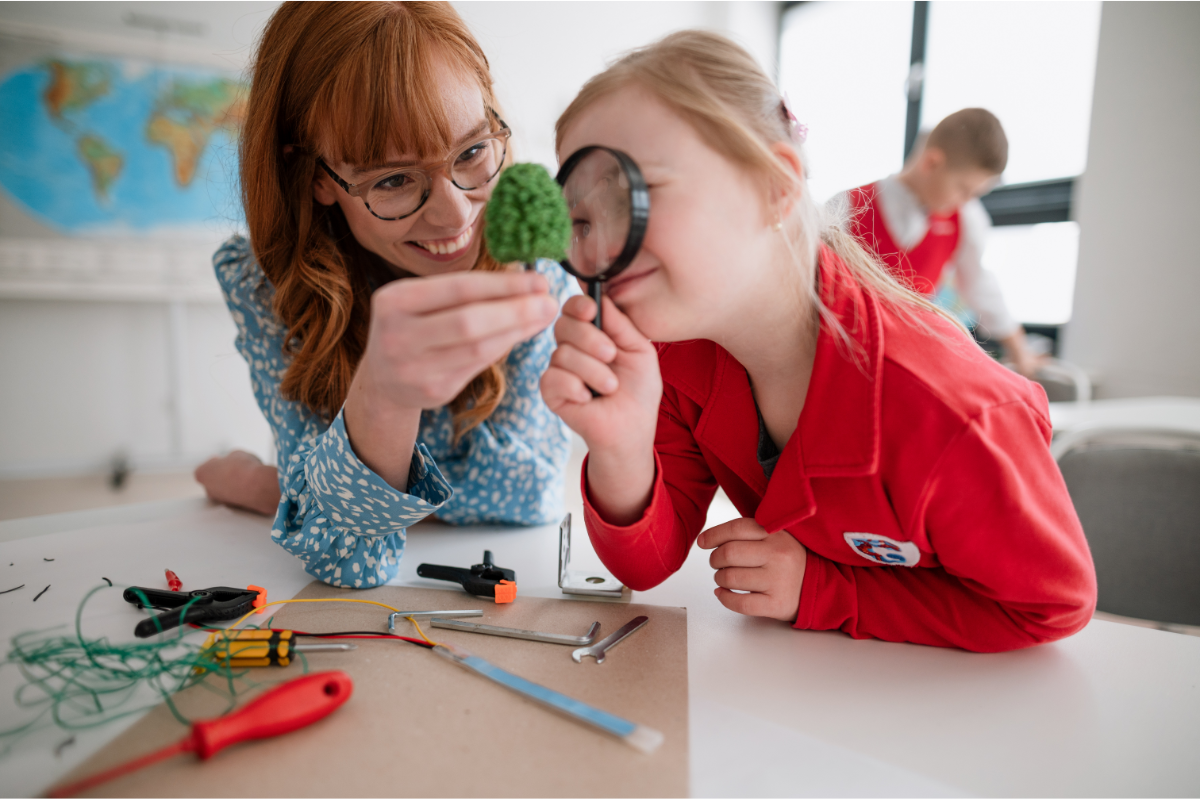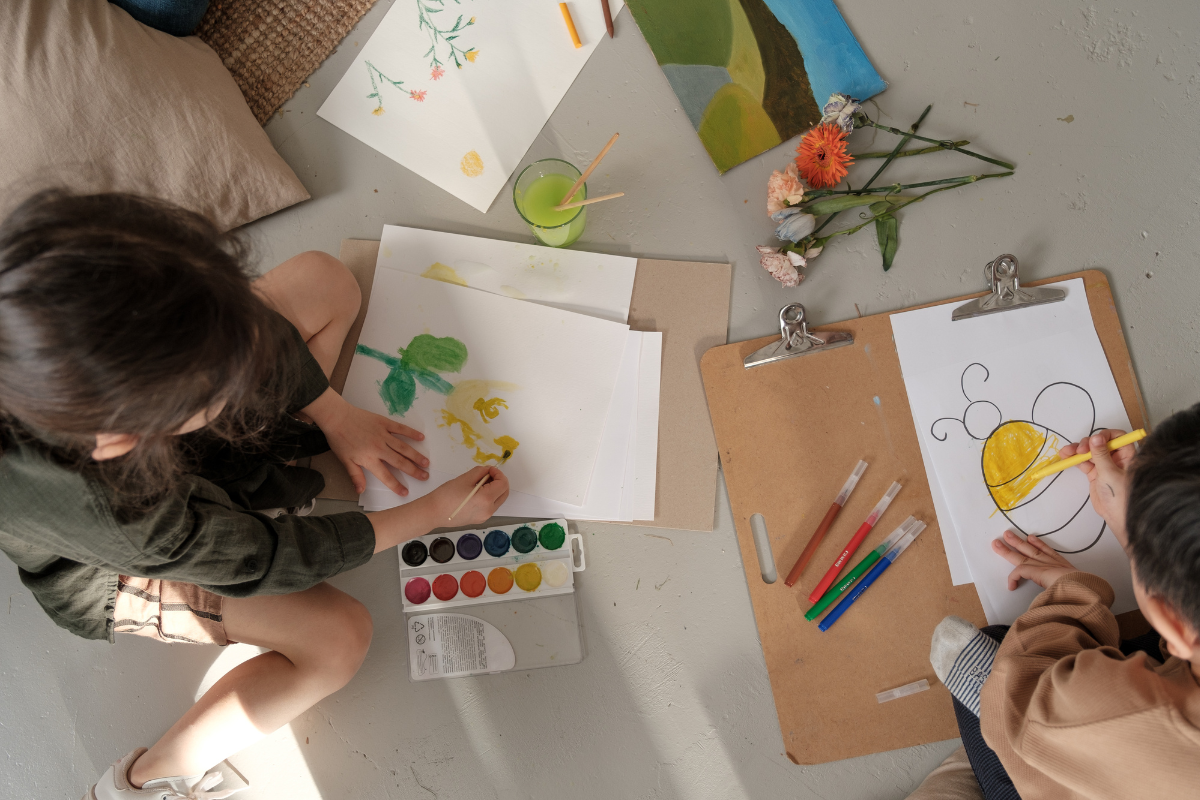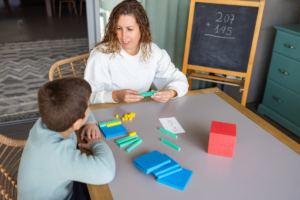
Embracing Inclusive Practices in the Classroom: A Guide for Educators
In today’s diverse educational landscape, the call for inclusive practices in classrooms has never been more pronounced. With students hailing from varied cultural, linguistic, and socio-economic backgrounds, it’s imperative for educators to adopt inclusive teaching methodologies that cater to the needs of all learners. However, embracing inclusivity goes beyond mere rhetoric; it requires a concerted effort and a shift in mindset. In this comprehensive guide, we will delve into the strategies, approaches, and practical steps educators can take to foster an inclusive learning environment where every student feels valued and supported.
Understanding Inclusivity
Before delving into the specifics of implementing inclusive practices, it’s crucial to understand what inclusivity truly means in an educational context. Inclusivity encompasses the principle of ensuring equal access and opportunities for all students, regardless of their individual differences. This includes but is not limited to students with disabilities, English language learners (ELLs), students from marginalized communities, and those with diverse learning styles.
Creating an Inclusive Classroom Culture
Building a culture of inclusivity begins with fostering a sense of belonging and acceptance among all students. Educators can achieve this by:
- Promoting Diversity: Celebrate the diverse backgrounds, cultures, and perspectives present in the classroom. Incorporate diverse literature, historical narratives, and multicultural activities into the curriculum to reflect the richness of the student body.
- Encouraging Respect and Empathy: Foster an environment where students respect and appreciate each other’s differences. Encourage open dialogue, active listening, and empathy-building exercises to cultivate mutual understanding and acceptance.
- Establishing Clear Expectations: Set clear expectations for behavior and interactions within the classroom. Emphasize the importance of inclusivity, kindness, and respect in all student engagements.
Differentiated Instruction
One of the cornerstones of inclusive teaching is differentiated instruction, which involves tailoring teaching methods and content to meet the diverse needs of students. Here are some strategies for implementing differentiated instruction:
- Assessment of Student Needs: Conduct ongoing assessments to identify students’ strengths, weaknesses, and individual learning styles. This may include informal observations, diagnostic assessments, and feedback from students themselves.
- Flexible Grouping: Utilize flexible grouping strategies to accommodate varying levels of readiness and learning preferences. Group students based on interests, abilities, or learning goals, and adjust groups as needed to ensure equitable participation.
- Varied Instructional Materials: Provide a variety of instructional materials, including visual aids, manipulatives, audio recordings, and digital resources, to cater to diverse learning modalities.
- Scaffolded Instruction: Break down complex tasks into smaller, manageable steps and provide scaffolding support as needed. Offer prompts, cues, and additional resources to help students succeed at their own pace.
Supporting Students with Special Needs
Inclusive classrooms often include students with special needs who require additional support and accommodations. To effectively support these students, educators can:
- Collaborate with Special Education Professionals: Work collaboratively with special education teachers, speech therapists, and other support staff to develop individualized education plans (IEPs) and accommodations for students with special needs.
- Implement Universal Design for Learning (UDL): Apply the principles of UDL to create accessible learning experiences that accommodate diverse learner needs. This may involve providing multiple means of representation, expression, and engagement.
- Use Assistive Technology: Integrate assistive technology tools and resources to enhance accessibility and facilitate learning for students with disabilities. This may include screen readers, text-to-speech software, graphic organizers, and alternative input devices.
Promoting Inclusive Classroom Practices
In addition to differentiated instruction and support for students with special needs, there are several overarching practices that can promote inclusivity in the classroom:
- Cultivating a Growth Mindset: Encourage a growth mindset among students by emphasizing the importance of effort, perseverance, and resilience. Create a learning environment where mistakes are viewed as opportunities for growth and learning.
- Building Community Partnerships: Engage parents, caregivers, and community stakeholders as partners in supporting student learning and well-being. Foster open communication and collaboration to ensure a holistic approach to education.
- Professional Development and Reflection: Invest in ongoing professional development opportunities for educators to enhance their knowledge and skills in inclusive teaching practices. Encourage reflection and self-assessment to continually improve teaching effectiveness.
Implementing Inclusive Classroom Activities
To reinforce the principles of inclusivity, educators can integrate specific activities into their lesson plans that cater to diverse learners and promote collaboration and understanding. Here are some examples:
- Peer Learning Circles: Organize small group discussions or learning circles where students can share their perspectives, insights, and experiences on a particular topic. Encourage active listening, respectful communication, and collaboration among peers.
- Jigsaw Activities: Divide students into heterogeneous groups and assign each group a different aspect of a topic or concept to research and explore. Then, bring the groups back together to share their findings and piece together the complete picture.
- Role-Playing Scenarios: Create role-playing scenarios that simulate real-life situations where students must navigate diverse perspectives and make inclusive decisions. This can help foster empathy, critical thinking, and problem-solving skills.
- Multimodal Presentations: Allow students to demonstrate their understanding of concepts through various modes of expression, such as visual presentations, written reports, oral presentations, or multimedia projects. This accommodates different learning styles and strengths.
- Community Service Projects: Engage students in community service projects that promote social awareness, empathy, and active citizenship. Encourage students to identify issues in their local community and work collaboratively to address them in inclusive ways.
Addressing Implicit Bias and Microaggressions
Inclusive teaching also requires educators to confront their own biases and actively work to create a classroom environment free from discrimination and microaggressions. Here are some strategies for addressing implicit bias and fostering cultural competence:
- Implicit Bias Training: Participate in implicit bias training workshops or professional development sessions to raise awareness of unconscious biases and learn strategies for mitigating their impact on teaching and learning.
- Promoting Cultural Awareness: Integrate cultural competence into the curriculum by incorporating diverse perspectives, authors, and historical narratives. Provide opportunities for students to explore their own cultural identities and learn about those of their peers.
- Addressing Microaggressions: Create a zero-tolerance policy for microaggressions and discriminatory behavior in the classroom. Encourage students to speak up against microaggressions and provide support and resources for addressing them constructively.
- Modeling Inclusive Language: Use inclusive language and terminology that respects students’ identities and backgrounds. Avoid making assumptions based on stereotypes and strive to create an inclusive and welcoming atmosphere for all.
Continued Professional Growth and Learning
Inclusivity in the classroom is an ongoing journey that requires continuous reflection, growth, and adaptation. Educators should actively seek out opportunities for professional development and collaboration to enhance their inclusive teaching practices. This may include:
- Peer Observation and Feedback: Engage in peer observation and feedback sessions with colleagues to exchange ideas, share best practices, and receive constructive feedback on teaching strategies.
- Action Research Projects: Conduct action research projects focused on inclusive teaching practices within your own classroom. Collect data, analyze results, and reflect on findings to inform future instructional decisions.
- Partnerships with Equity Organizations: Collaborate with equity-focused organizations, advocacy groups, or professional associations to stay informed about current research, resources, and initiatives related to inclusive education.
- Engagement with Diverse Literature: Read books, articles, and scholarly journals that explore issues of diversity, equity, and inclusion in education. Attend conferences, webinars, and seminars on relevant topics to broaden your knowledge base.
Conclusion: Embracing the Journey Towards Inclusion
As educators, our role extends beyond imparting knowledge; we are entrusted with shaping the future leaders of tomorrow and fostering a sense of belonging and equity in our classrooms. By embracing inclusive teaching practices, we not only create an environment where every student can thrive academically, but we also contribute to a more just and equitable society.
Through a combination of differentiated instruction, targeted support for students with special needs, and the promotion of inclusive classroom activities, we can create learning environments that honor the unique strengths and contributions of each individual. By addressing implicit bias, confronting microaggressions, and committing to continued professional growth and learning, we can pave the way for a more inclusive educational experience for all.
Let us embark on this journey towards inclusivity with determination, compassion, and a steadfast commitment to equity and justice. Together, we can build classrooms where every student feels valued, respected, and empowered to reach their full potential.














Publicar comentário